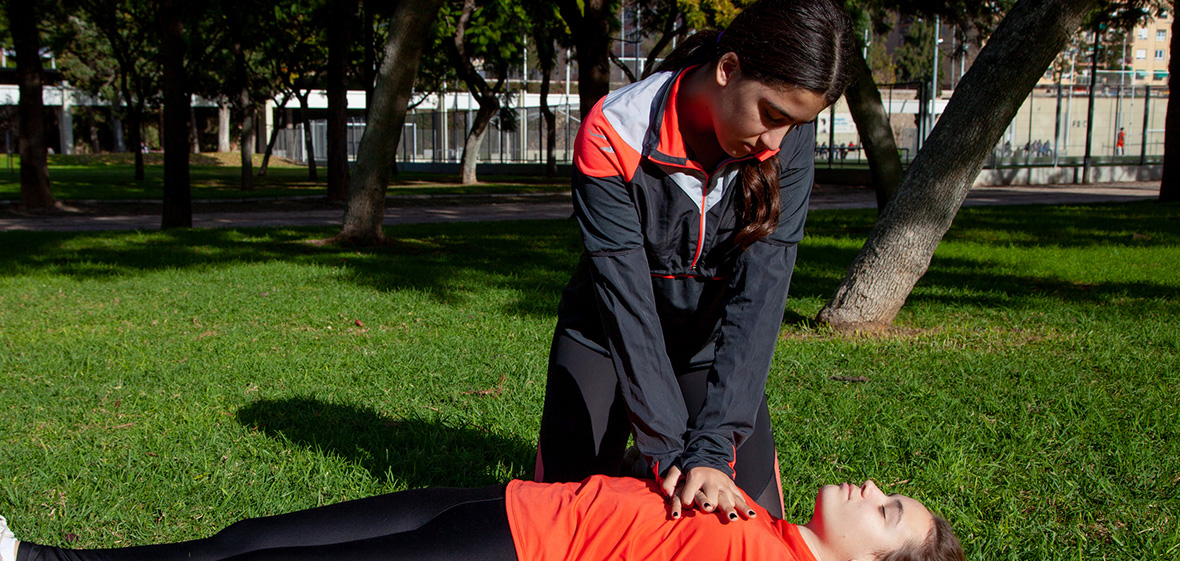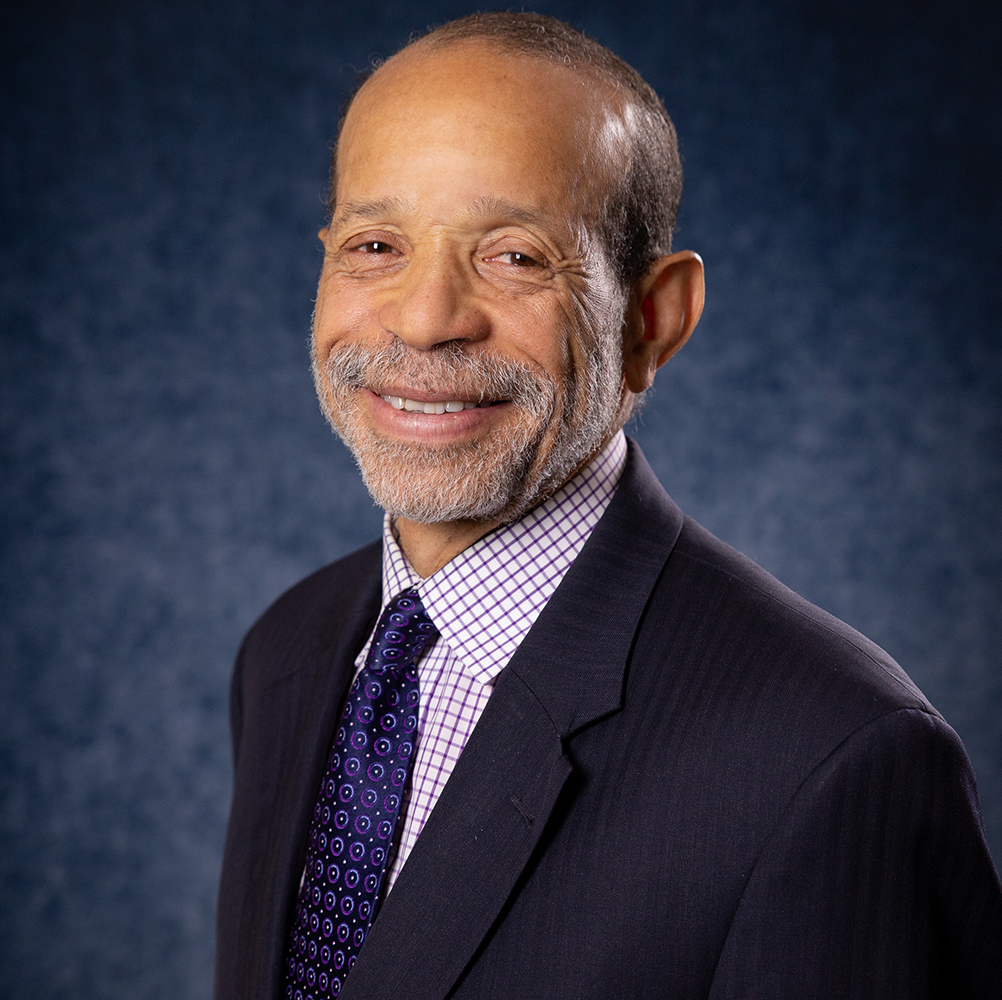
On July 24, 2023, 18-year-old Bronny James, the oldest son of NBA star Lebron James, went into cardiac arrest during basketball practice at University of Southern California. Thankfully, medical staff treated James on site that morning. James was later transported to the hospital, where he was released the following day and reported to be in stable condition.
Cardiac arrest occurs when you experience a loss of heart function, breathing and consciousness. An electrical disturbance forms in the heart that can lead to a loss of consciousness.
It is not common to see cardiac arrest in young athletes. Every year, the estimated rate of cardiac arrest lies between 1 in 50,000 and 1 in 80,000 per year.
The death rate of cardiac arrest in young athletes is going down since more people are getting trained in CPR, and many athletic facilities have an automated external defibrillator (AED), a shock device to revive and take the patient out of cardiac arrest. But there are still precautions to be aware of.
According to the LA Times, young athletes who are constantly physically active and exercising can put their bodies under substantial stress. Blood pressure and heart rate changes that come with exercise can exacerbate an underlying condition that can go unnoticed.
Hypertrophic cardiomyopathy is the most prevalent condition that can cause cardiac arrest. In this condition, the heart muscle stops working due to being overgrown. Hypertrophic cardiomyopathy can at times occur in young athletes.
There are other conditions that can lead to rhythm disturbances. For example, some people are born with coronary arteries that branch out at unusual locations. If they are located in the wrong place, that can lead to the heart muscle not getting all the blood flow that it needs, particularly with exercise.
James’s young age was vital for his recovery, on top of being a high-performing athlete. However, the outcomes of those undergoing cardiac arrest highly depend on cardiopulmonary resuscitation (CPR) quickly being performed by bystanders.
If you see someone in cardiac rest, call 911 immediately and start CPR as soon as possible. Hands-only CPR is important to know and easy to learn.
Every major facility should have an AED on hand. An AED is easy to use. You can grab it off the wall and follow the instructions written on and spoken by the AED to shock the person out of a life-terminating rhythm disturbance.
The best thing you can do that could prevent cardiac arrest is get a health screening. This health screening can include an exam conducted by a physician, an electrocardiogram (EKG), an exercise stress test and/or an echocardiogram (echo) at rest or with a treadmill. An EKG records your heart’s electrical activity, while an echo produces images so your provider can see how well your heart pumps blood and beats.
UofL Health – Sports Medicine is the official health care provider for University of Louisville Athletics, covering 23 sports programs with dedicated mental health and performance professionals for student athletes and others who lead an athletic lifestyle. To learn more, you can call 502-63-SPORT (77678).
Also, athletes and others can be screened for types of heart disease that can lead to serious rhythm disturbances. UofL Health Physicians – Cardiology has a Preventative Cardiology Program that is focused on preventing heart and vascular disease before a patient has a cardiac event and preventing existing cardiovascular disease from getting worse. Call 502-588-7010 today to schedule a consultation.









